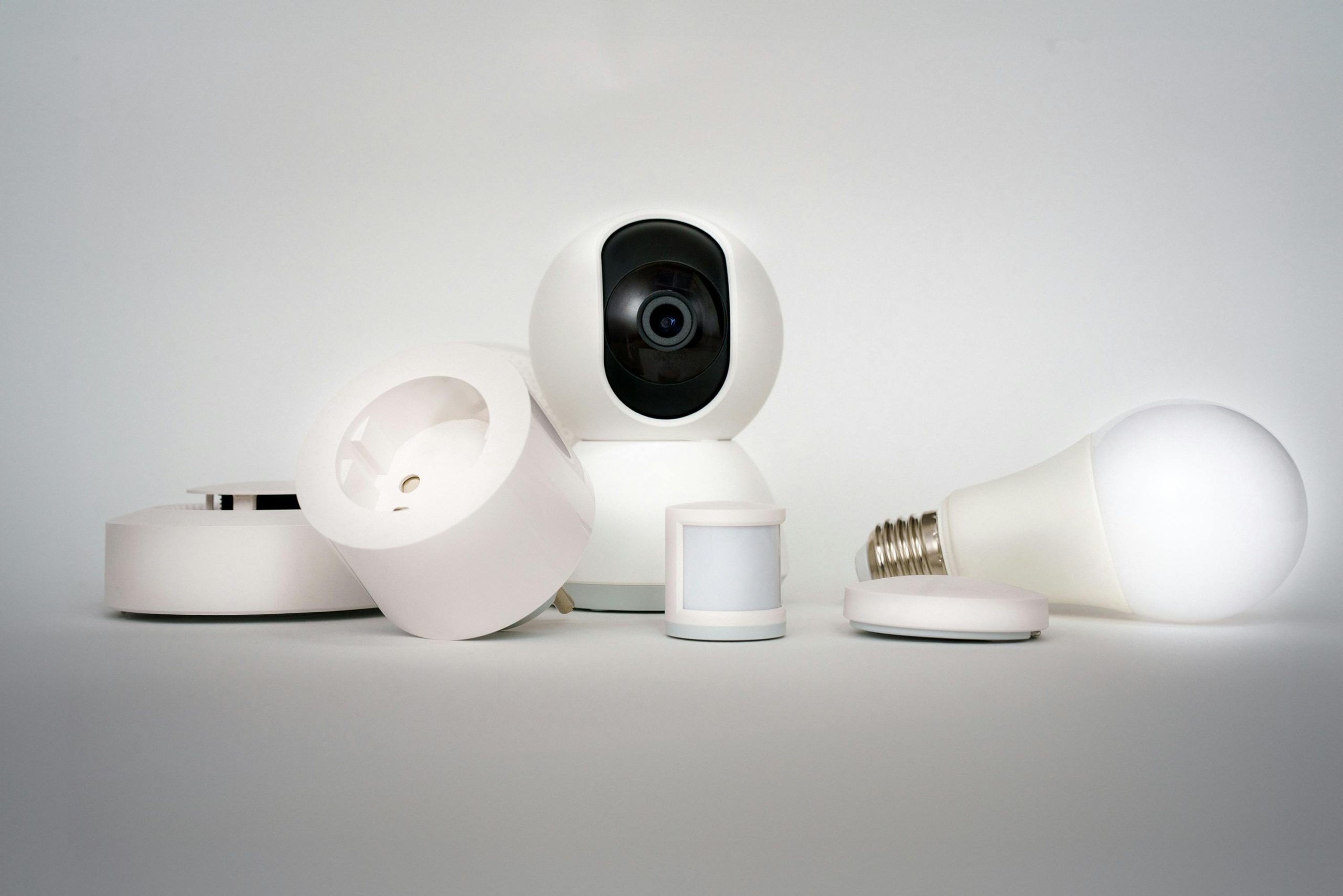Smart light bulbs have revolutionized home lighting, offering convenience, energy efficiency, and endless customization options. As we step into 2025, the market is flooded with advanced smart bulbs that integrate seamlessly with voice assistants, smart home ecosystems, and even AI-driven automation. Whether you’re looking to enhance ambiance, save energy, or simply control your lights with a tap on your phone, this guide will walk you through the best smart light bulbs of 2025, along with a step-by-step setup guide and honest reviews.
Top 5 Smart Light Bulbs of 2025
Here are the top contenders for the best smart light bulbs this year, each offering unique features to suit different needs:
1. Philips Hue White and Color Ambiance
The Philips Hue lineup continues to dominate with its vibrant colors, excellent brightness, and seamless integration with Alexa, Google Assistant, and Apple HomeKit. The 2025 model boasts improved energy efficiency and a wider color gamut, making it perfect for creating dynamic lighting scenes.
2. LIFX A19 Smart Bulb
LIFX stands out with its no-hub-required design and ultra-bright output. The 2025 A19 model features enhanced Wi-Fi connectivity and deeper color saturation, ideal for users who want plug-and-play simplicity without sacrificing performance.
3. Nanoleaf Essentials Smart Bulb
Nanoleaf’s Essentials line is a budget-friendly option with Thread support for faster response times and better reliability. Its energy-saving design and compatibility with Matter make it a future-proof choice for smart home enthusiasts.
4. Wyze Bulb Color
Wyze delivers affordable smart lighting without cutting corners. The 2025 Wyze Bulb Color offers improved color accuracy and a user-friendly app, making it a great entry-level option for those new to smart lighting.
5. Sengled Smart LED with Hub
Sengled’s hub-based system ensures rock-solid reliability and expanded smart home integration. The 2025 model includes enhanced dimming capabilities and a longer lifespan, perfect for whole-home automation.
How to Set Up Your Smart Light Bulbs
Setting up smart light bulbs is easier than ever in 2025, but the process can vary slightly depending on the brand. Here’s a general step-by-step guide:
- Unbox and Screw In the Bulb: Start by installing the bulb in your desired fixture. Ensure the power is off during installation for safety.
- Download the Companion App: Most smart bulbs require a dedicated app (e.g., Philips Hue, LIFX, or Wyze). Download it from the App Store or Google Play.
- Power On and Connect: Turn the bulb on and follow the app’s instructions to connect it to your Wi-Fi or hub. For hub-based systems, ensure the hub is plugged in and synced.
- Integrate with Voice Assistants: Link your bulb to Alexa, Google Assistant, or Siri for voice control. This usually involves enabling the skill or action in your voice assistant’s app.
- Customize Your Lighting: Use the app to adjust brightness, color, and schedules. Many apps also offer pre-set scenes for different moods.
Key Features to Consider When Buying
Not all smart bulbs are created equal. Here are the most important features to evaluate before making a purchase:
- Brightness and Color Range: Measured in lumens and Kelvin, brightness and color temperature affect the bulb’s versatility. Look for bulbs with adjustable white tones and RGB colors if you want full customization.
- Connectivity: Decide between Wi-Fi, Bluetooth, Zigbee, or Thread. Wi-Fi bulbs are easier to set up, while Zigbee and Thread offer better reliability in larger homes.
- Compatibility: Ensure the bulb works with your existing smart home ecosystem (e.g., Apple HomeKit, Google Home, or Amazon Alexa).
- Energy Efficiency: Smart bulbs should save energy in the long run. Check for ENERGY STAR certification or similar standards.
- App Features: A good app should offer scheduling, automation, and scene customization. Some even include geofencing to turn lights on/off based on your location.
Honest Reviews: Pros and Cons
To help you make an informed decision, here’s a quick breakdown of the pros and cons of our top picks:
Philips Hue White and Color Ambiance
Pros: Best color accuracy, reliable hub system, extensive third-party integrations.
Cons: Expensive, requires a hub for full functionality.
LIFX A19 Smart Bulb
Pros: No hub needed, ultra-bright, vibrant colors.
Cons: Can be finicky with Wi-Fi, higher power consumption.
Nanoleaf Essentials Smart Bulb
Pros: Budget-friendly, Thread support, energy-efficient.
Cons: Limited brightness compared to competitors.
Wyze Bulb Color
Pros: Affordable, easy setup, decent app features.
Cons: Colors aren’t as vibrant as premium brands.
Sengled Smart LED with Hub
Pros: Reliable hub system, great for whole-home setups, long lifespan.
Cons: Hub adds to the cost, limited color options.
Conclusion
Choosing the best smart light bulb for your home in 2025 depends on your priorities—whether it’s color quality, ease of use, or budget. Philips Hue remains the gold standard for premium lighting, while brands like Wyze and Nanoleaf offer excellent value for money. With this guide, you’re now equipped to make an informed decision and transform your home into a
